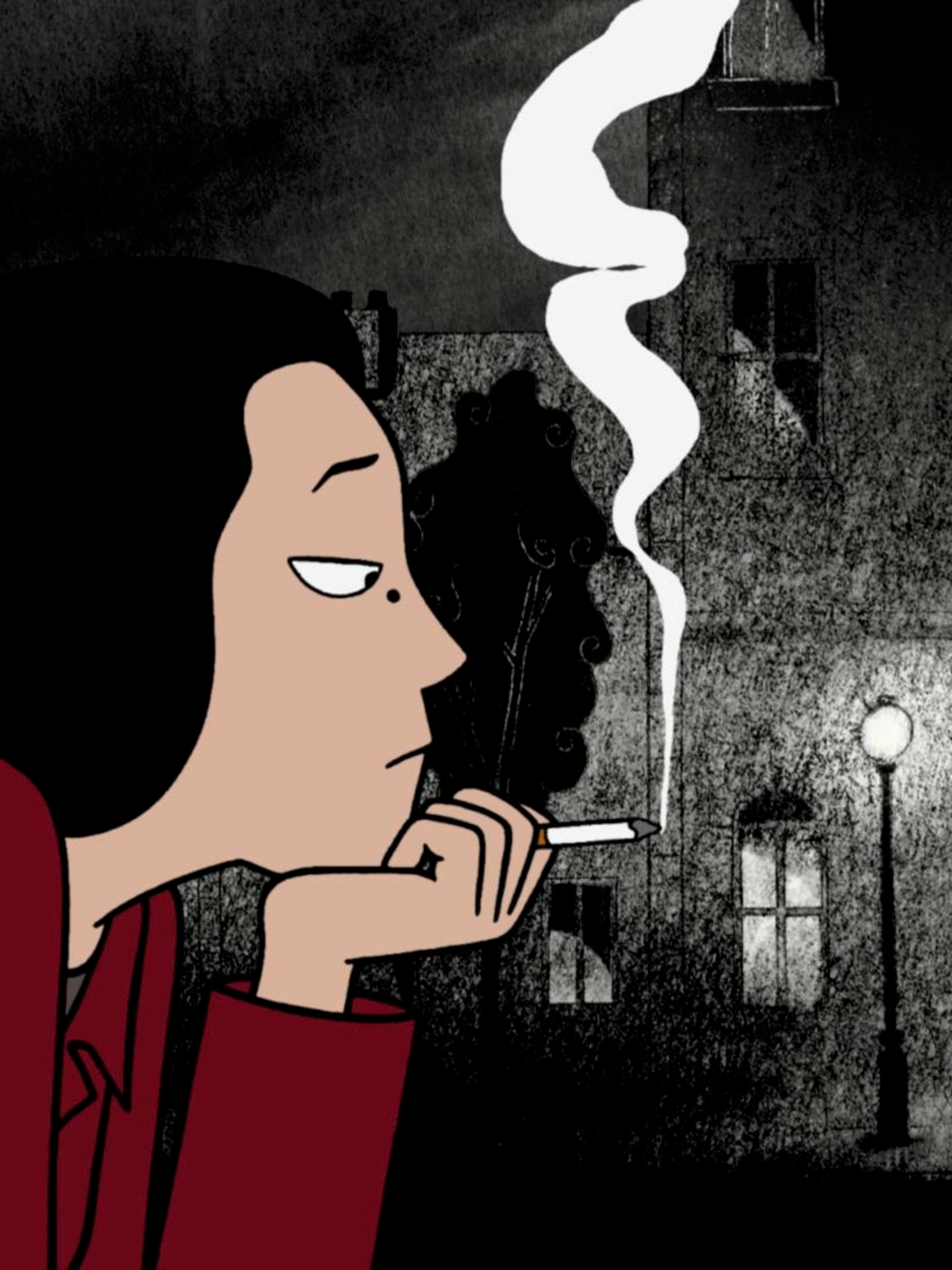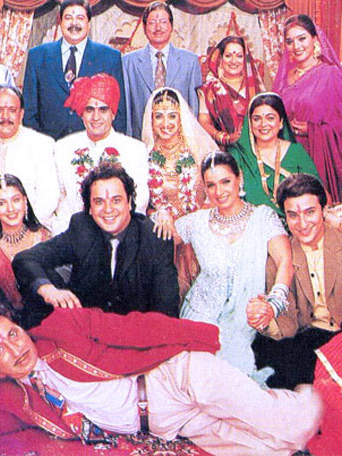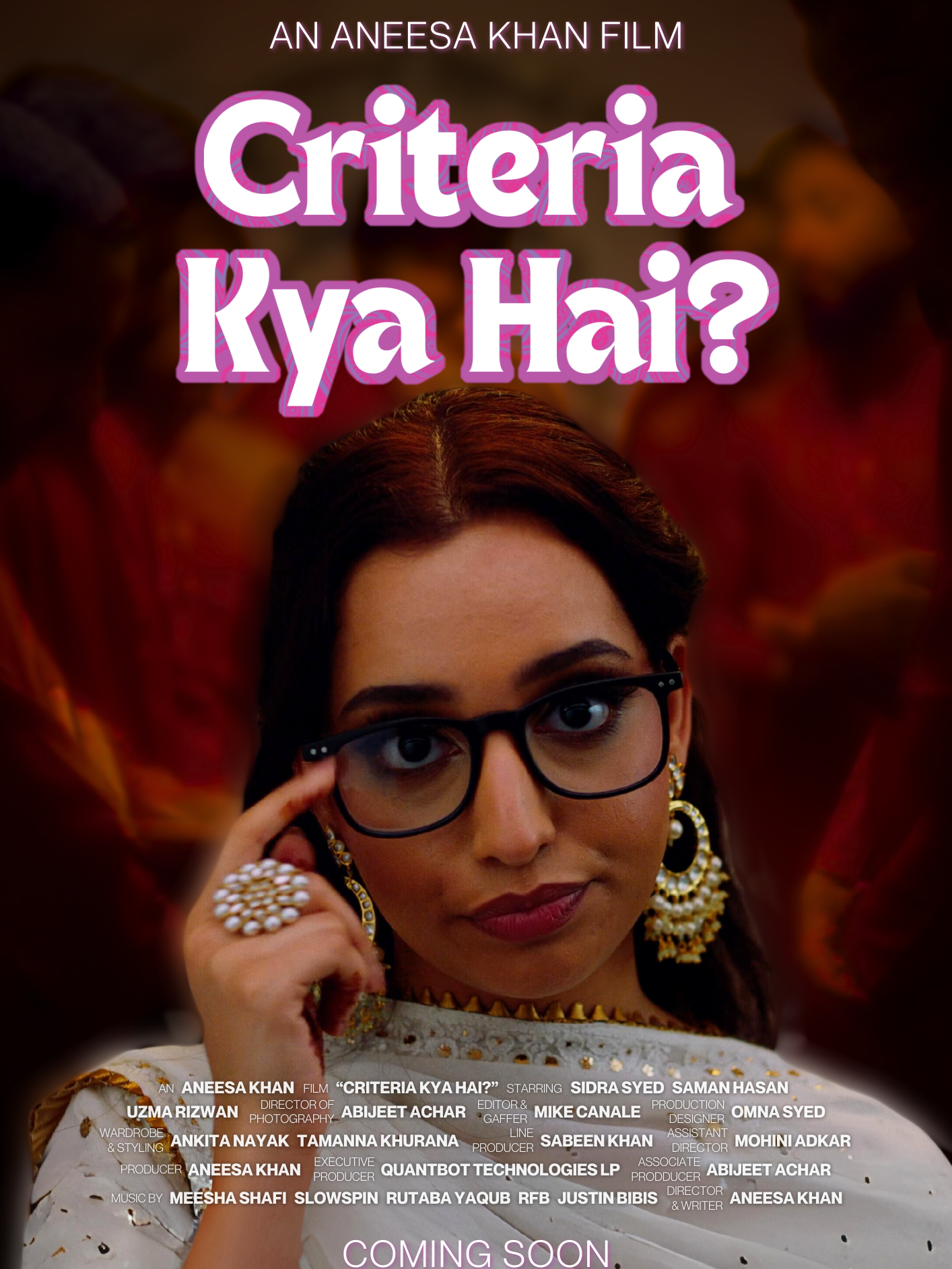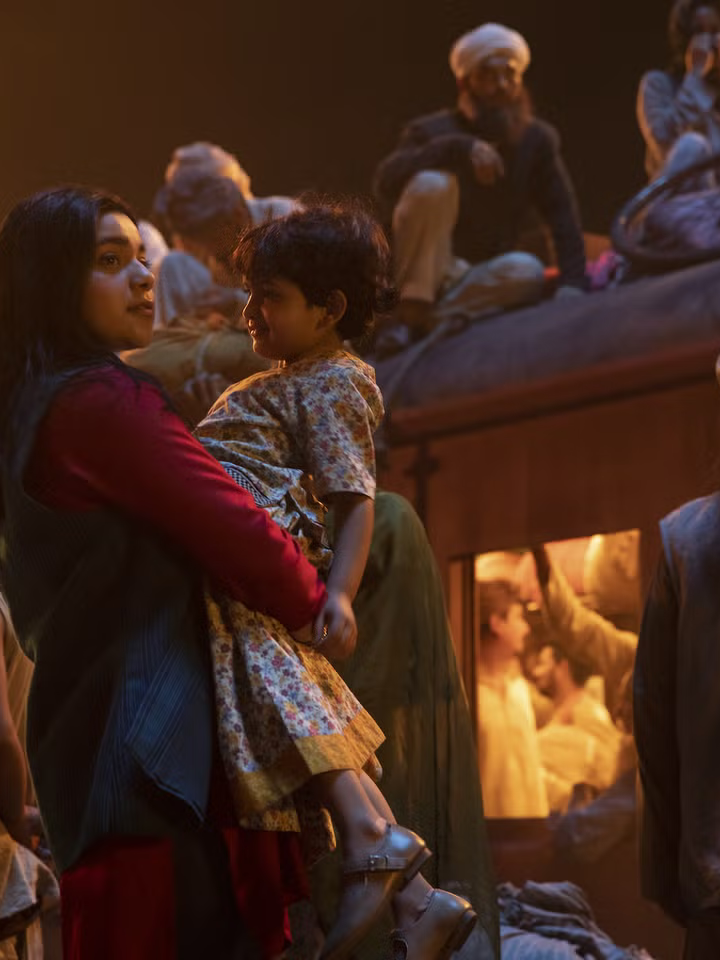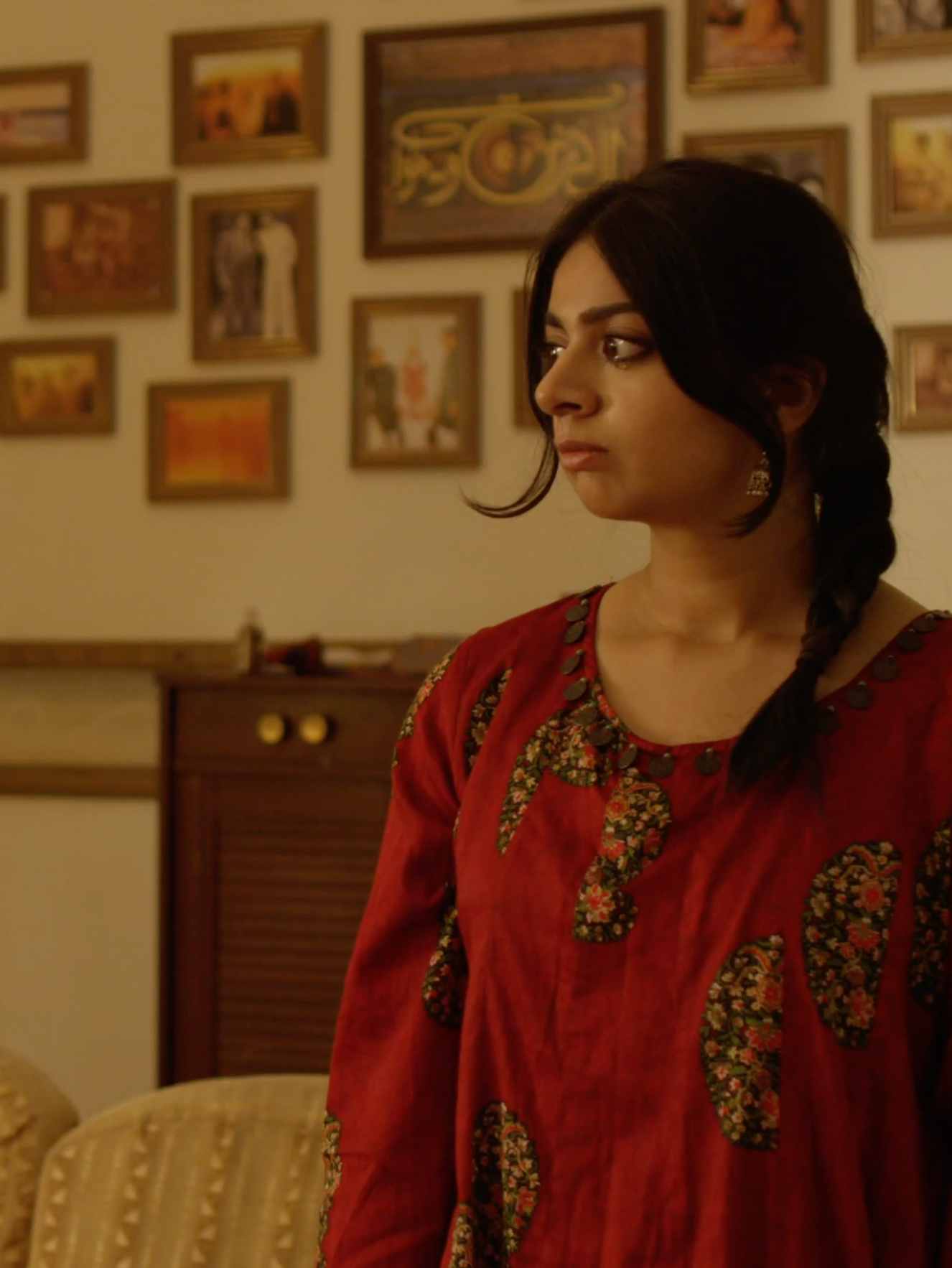As children of South-Asian immigrants, we have so many stories to tell. Stories of our own, our parents, our friends, and our futures. Over time, we have created South-Asian communities all over the world, in order to share the intricacies of our culture. “According to 2018 American Community Survey data, there are approximately 5.7 million South Asians living in the United States alone” (Tameez, 2020, p. 1). Due to this overwhelming population, it has become vital to elevate the voices of these South Asian Americans in the United States despite their ethnicity of origin. However, there has been a struggle with accurately carrying our culture to visual mediums in North America.
For decades, the only South-Asian representations that we’ve seen on-screen have been of these caricatures stereotypically depicting South Asians as bodega owners, taxi drivers, doctors, and IT specialists. “For South Asians, many on-screen portrayals have focused on specific character types, such as nerds, cabbies, and convenience store managers like The Simpsons’ Apu” (Demographics, 2021, p. 5).
This caricaturist representation is a by-product of the Orientalist perspectives and cultural appropriation of South-Asian culture in Western areas. For example, there has been a clear exoticism of South-Asian women in both the fashion and media industries (Durham, 2001). “This popularity speaks to a history of colonialism, domination, and exoticization that marks East-West relations, as well as to contemporary issues of global capital and cultural hybridization” (Durham, 2001, p. 201-202). Accurate representation does not rely on generalizations—it capitalizes on authentic experiences told by the sources themselves. For this reason, it is no surprise that it has taken South Asians [in particular] so long to get their footing in the Western media industry. This stereotyped and Orientalist characterization is the reason why it is so important for South Asian Americans to have the opportunities and platforms to tell their own stories.
South-Asian film festivals in North America provide the platform to rewrite these narratives.
Festivals such as:
South Asian Film Festivals in North America have created this community through discussion and screenings of visual mediums that resonate with millions. And with social media, these film festivals have given voices and resources to upcoming and underfunded South-Asian American creatives. Slowly, each of these platforms has amassed its presence by increasing its social media following, through calls to action from the South-Asian community. These festivals have gone on to venture into greater online communities consisting of podcasts, film houses, and media outlets. Whether it’s interviewing up-and-coming creatives or providing opportunities to apply for grants, these film festivals are constantly looking for new creatives with fresh ideas. Likewise, these film festivals have been made with the very intention of sharing South Asian stories beyond South Asia. Even so, the power in these festivals often lies with those who are driven and passionate enough to bring these films to life. I learned the importance of these film festivals myself when I directed and wrote my own short film, Woh Ghungroo Wali Larki [The Girl With Anklets], in 2021.
Set in 1980s Karachi, Pakistan, Woh Ghungroo Wali Larki [The Girl With Anklets], follows the story of a girl's passion for dance as she overcomes societal and political obstacles.
The 1980s were an important time in my mother's life, and that's why I chose to focus on this time in Pakistan. From a sociopolitical perspective, the 1980s was a tumultuous period for Pakistan. Under Muhammad Zia-ul-Haq's regime, the arts were pertained as vulgar, and many women did not have a safe place to walk on the streets without fear of harassment, with no protection offered by the government. Today, we still face many of the same problems in Pakistan, but I found it important to shed light on the stigma behind arts in 1980s Pakistan; and in particular, dance.
This was my first experience as a director, and I felt a lot of pressure in this role—strong expectations that I bestowed upon myself. For as long as I could remember, I've loved films and the art form's ability to capture an audience in a way that becomes an escape from reality. But, the pressure I felt stemmed from this need to prove to those [who grew up in South Asia] that even though I did not grow up there, I was South Asian too.
The South-Asian film festivals in North America gave me a platform where my voice was recognized and awarded amongst many other filmmakers who struggled with the same pressures I have.
Being a child of immigrants and brought up in the United States, I really feel like I owe everything to my family. My parents have always reinforced Pakistani culture in every part of our lives to [sometimes] compensate for the fact that we didn’t grow up in Pakistan. But, this led to a bit of an identity crisis as well. Since I’ve always been attached to my heritage, I found myself being taunted in school at times or in areas where there are predominantly White communities.
Now, I’m here, having directed, written, and choreographed my first short film, Woh Ghungroo Wali Larki. This film draws inspiration from my seven years of classical Indian dance experience, my connection to my Pakistani heritage, and my eagerness to empower women in our society. The very film was set in Pakistan, with dialogues in Urdu, around a political time period that was excruciating for women in Pakistan. Despite all my insecurities, I have stopped looking for reassurance from others regarding my cultural identity because as a Pakistani-American, I am proud of this film.
Today, I am happy to say that Woh Ghungroo Wali Larki has been officially selected for six film festivals all around the world, one of which—the Pakistani Film Festival Australia—won us the award for Best Cinematography.
Similarly, Anuka Sethi has used her unique voice to make her way through South Asian Film Festivals in North America and beyond.
Anuka Sethi is an India-born, Dubai-raised, and New York City-based actor, writer, producer & model. She is a multi-hyphenate artist and recent grad from NYU Tisch School of the Arts with training from Playwrights Horizons Theatre School and Stonestreet Studios. Since she grew up a TCK (Third Culture Kid), Anuka used her art as a way to connect with her roots and is passionate about creating work and space for South Asian artists.
Most recently, Anuka has directed, written, and starred in her short film, Hide & Seek. With an all-female, majority BIPOC cast and crew, Hide & Seek was filmed in just one day and created during director, co-writer, and actor Anuka Sethi’s time in the Nine Muses Lab.
Hide & Seek premiered at the London Indian Film Festival as part of the Satyajit Ray Short Film Competition and had its North American premiere at the DC South Asian Film Festival. The short film has also received official selections at Indie Shorts Awards New York and Cannes Indie Shorts Awards.
'Hide & Seek' is a poetic exploration of a girl’s struggle to navigate the in-between spaces of her multicultural identity.
Most recently, Hide & Seek was an Audience Award Winner at the 17th Annual Tasveer South Asian Film Festival.
Tasveer South Asian Film Festival “creates a lively, stimulating and focused environment for conversation, education, and exploration of issues that face South Asia and its Diaspora” (Tasveer).
Join us as we put a JORE spotlight on Anuka Sethi, Actress & Filmmaker, as we talk about her experience creating Hide & Seek and what it was like being featured and awarded Tasveer South Asian Film Festival.
What does your Hide & Seek mean to you?
"Hide & Seek was born out of my own struggle at comprehending my multicultural identity. It was born after a deep, long conversation with my cousins about the embarrassment we felt as kids when we had to wear traditional Indian clothing and how as we have gotten older and realized the beauty in those fabrics—how can we incorporate them while rewiring our brains to push the shame away? Its purpose is to bring authentic experiences felt by young immigrant women into the mainstream narrative and to encourage those who feel ashamed of their culture to embrace it because there is a way in which they can blend their Western self with their more traditional self.
This wasn’t a story I had seen focused on within the South Asian narrative and I think it is a discussion women have constantly—we are so lucky that our culture is filled with so many bright, vivid colors and beautiful, varying textures that it is such a disappointment so many of us grow up ashamed to express ourselves in that same way. In the year since I made this film, I have seen the rise of Indo-Western fashion—I can’t scroll through Instagram or TikTok without seeing South Asian creators giving their hot takes so I really think this film just sparked that interest in my brain and was very topical. I also got to make it with so many collaborators that I love and the fact that we were able to have an all-female team felt like a major milestone. Today, I am so proud of all that we as a team have accomplished in less than a year of release!"
What Does Tasveer South Asian Film Festival, along with the other festivals you’ve been featured at mean to you?
"In taking Hide & Seek into the festival circuit, I have realized that this film is truly loved by South Asian festivals and the others…not so much. I am totally okay with that because the electricity in a room full of a South Asian audience is something really special. Being able to not only share my film with fellow South Asian artists but also to take in their work and be exposed to so many stories that reveal all the shades and nuances of the South Asian experience is the most special experience.
When you make a film so close to your heart, I feel like it’s been such a blessing to share it with South Asian audiences first because there’s a certain kind of comfort in sharing a film like that with your community who you know will support you. All in all, it has been incredibly rewarding to have the chance to interact with so many incredible filmmakers, actors, cinematographers, etc. that are just as passionate about creating content that celebrates and highlights the South Asian experience. I’ve been nothing but incredibly inspired at every South Asian festival I have attended."
What do festivals like these do for the community?
"As I was saying earlier these events are really able to bring people together and our South Asian community by surrounding us with art and stories that are thought-provoking, engaging, and spotlighting stories that aren’t necessarily being told in the Western narrative. It’s really inspiring to be able to walk amongst so many creatives and artists who are creating work that really matters. The teams behind these festivals also deserve a true spotlight with the massive amount of effort they put into bringing us together.
South Asian film festivals also provide an opportunity for us to all connect and bond over our passion for creating work and telling our stories. Speaking personally, I have always wanted to work on and create a project with all South Asian-identifying people. In my own projects, with deadlines and such, I’ve found it hard to bring a team like this together—but attending festivals like these allows us to have each other in our contacts and bring this vision to life. It is always a joy to find future collaborators but even more special when it fulfills a less selfish need in raising the bar in terms of South Asian representation.
The other thing I have noticed is that we can get to know up-and-coming talent! There are so many directors, actors, writers, etc. that I have met that I am now an absolute fan of and will be following their careers wishing them the most success. Having support in this way is really important in this industry as it often tries to beat you down with rejections, delays, judgments, comparisons…I could go on but the fact that we can find people who support our work from this [sometimes] beginning stage is really important for growth. Plus, having the validation that what you worked so hard for is understood and admired by others is a really good feeling."
References
Demographics. (2021, December 9). Closing the gap for South Asian representation on screen. https://www.nielsen.com/us/en/insights/article/2021/closing-the-gap-for-south-asian-representation-on-screen
Durham, M. G. (2001). Displaced Persons: Symbols of South Asian Femininity and the Returned Gaze in U.S. Media Culture. Communication Theory, 11(2), 201–217. https://doi.org/10.1111/j.1468-2885.2001.tb00239.x
Muffuletto, S. L. (2018). Effects of American Media Representation of South Asian Americans. Harvard Extension School, 180.
Tameez, H. (2020, July 1). A year and a half in, The Juggernaut challenges mainstream media’s coverage of South Asians. Nieman Lab. https://www.niemanlab.org/2020/07/a-year-and- a-half-in-the-juggernaut-challenges-mainstream-medias-coverage-of-south-asians/

